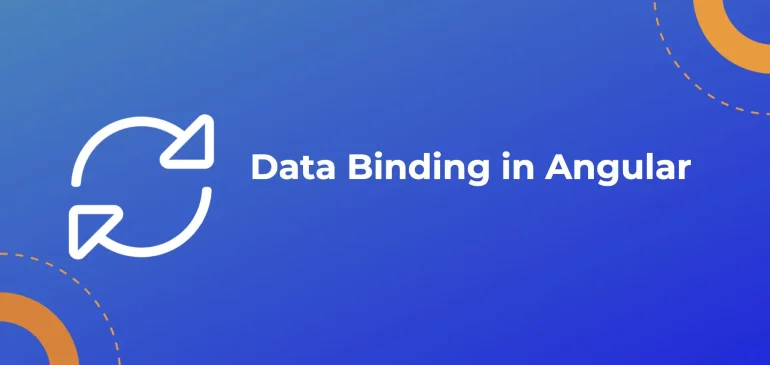State Management in Angular: Organizing Data for Efficiency and Scalability
Table of Contents State management in Angular applications is a vital concept, especially as applications grow in complexity. It involves efficiently managing and maintaining the state – the various conditions of data – across your app. This article will explore the basics of state management in Angular, why it’s important,…
Pipes in Angular: Transforming Data with Simplicity and Power
Table of Contents In Angular, one of the lesser sung, yet incredibly powerful features are ‘Pipes’. Pipes are simple and effective tools used for transforming data right within your templates. This article will dive into what pipes are in Angular, their types, and how they can be used to simplify…
HTTP and Observables in Angular with examples
Table OF Contents HTTP and Observables in Angular are essential topics for building dynamic web applications. HTTP (Hypertext Transfer Protocol) allows Angular apps to communicate with back-end servers by sending and receiving data. This is crucial when you need to fetch data from an API or submit user inputs to…
Forms in Angular: Streamlining User Input and Validation
Table of Contents Forms are a fundamental part of many web applications, serving as the primary means of capturing and processing user input. In Angular, forms are more than just a way to gather data—they are a powerful feature that allows developers to manage user inputs, validate data, and provide…
Routing and Navigation in Angular
Table of Contents In the world of single-page applications (SPAs), Angular stands out for its ability to manage complex routing and navigation with ease. Routing in Angular is more than just moving between pages; it’s about creating a seamless, intuitive navigation experience for users. This article aims to break down…
Services and Dependency Injection in Angular
Table of Contents When diving into Angular, two concepts that stand out for their ability to streamline and organize your code are ‘Services’ and ‘Dependency Injection’. These concepts are not just central to Angular development, but also to modern software engineering practices. This article aims to simplify these concepts and…
Directives in Angular
Table of Contents In the world of Angular, one feature that significantly enhances your web development capabilities is ‘Directives‘. These are unique and powerful tools in Angular’s arsenal, allowing developers to modify HTML behavior in a declarative way. This article aims to demystify directives and illustrate how they can be…
Data Binding in Angular: Simplifying UI and Logic Interaction
Table of Contents In the realm of web development, Angular has revolutionized how we build interactive applications. A key feature contributing to this revolution is ‘Data Binding’. It acts as a bridge between the UI (User Interface) and the business logic of the application. Understanding data binding is crucial for…
Understanding Components and Modules in Angular
Table of Contents Angular, a robust framework for building dynamic web applications, is known for its modularity. This modularity is primarily achieved through two fundamental concepts: Components and Modules. Grasping these concepts is key to mastering Angular. In this article, we’ll explore what components and modules are and why they’re…
How to Set up the Development Environment for Angular Application?
Table of Contents Setting up the development environment for Angular is the crucial first step in beginning your journey with this powerful framework. Whether you’re a seasoned developer or new to web development, having a properly configured environment is essential for a smooth and efficient workflow. Angular development requires specific…










